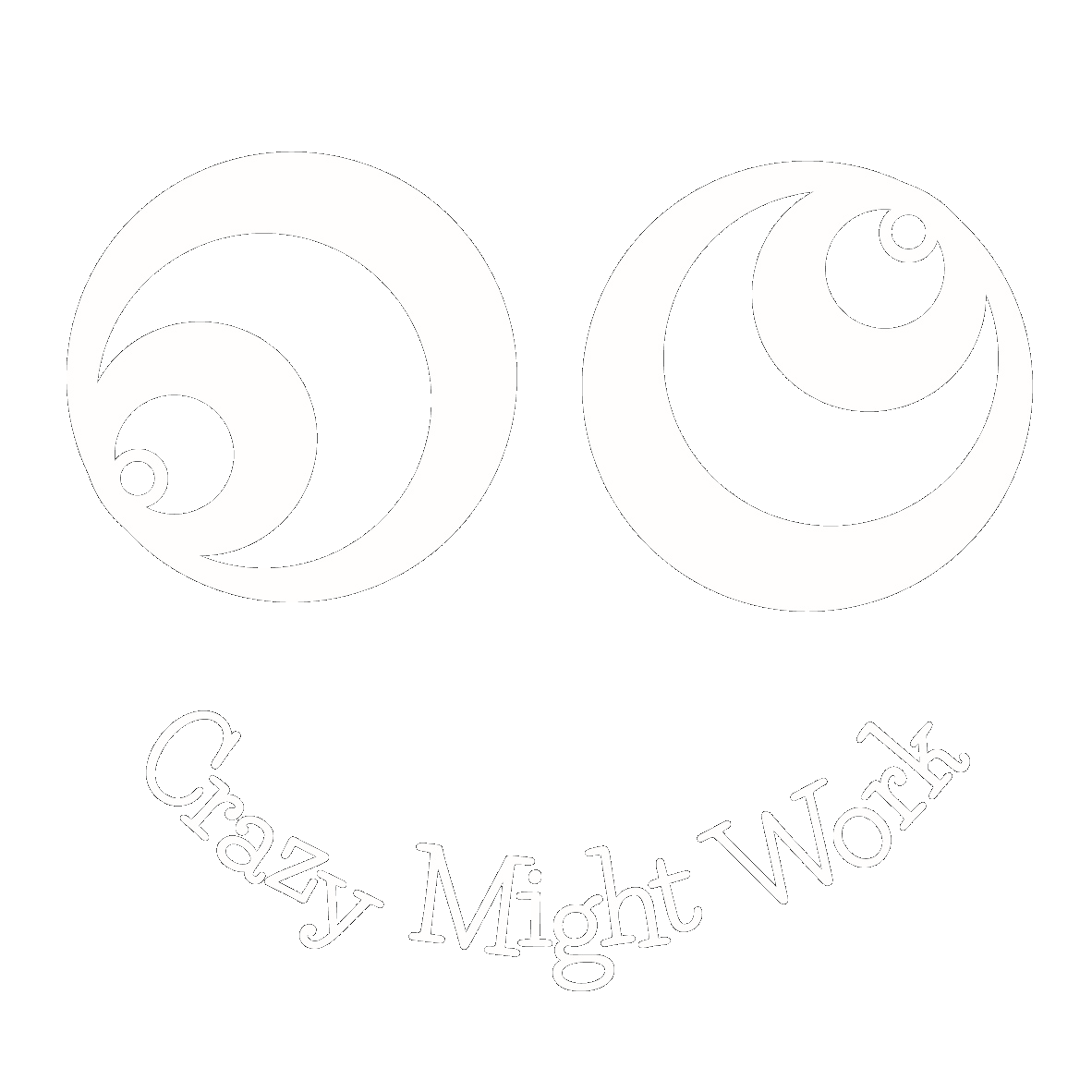Dan Taylor, General Manager Innovation – TAL
According to Dan Taylor, General Manager, Innovation at TAL, the idea that corporates need to behave more like startups is a fallacy. Corporations are not start-ups and they face different challenges (with significant advantages). Examples of these key difference are:
- Customer Deliverables: While startups are addressing the challenges of growing from 0 – 1000 users, larger organisations are developing, delivering and maintaining products and services for sometimes millions of existing customers. Pursuing an innovation strategy means having to balance the introduction of any new offering with maintenance of service for the existing customer base. While this can slow corporations down it is also potentially a competitive advantage, which will be explored in more detail later.
- Brand Reputation: While startups are still working to position their brand, they are free to pivot at any time. However, if a large, trusted organisation starts to experiment radically with its brand, this could distance existing customers that bought into the existing value proposition. In the words of Dan Taylor, “When you have risk you get governance, when you get governance you get steering groups, when you get steering groups you don’t get innovation, you get delay – everything gets watered down and cut back, making it (innovation) very incremental.” Innovation has been contained by the corporate immune system.
- Scale: Notwithstanding these potential inhibitors of innovation, delivery of incremental innovation is not sufficient to shift the dial in a corporate setting. Sufficiently strong business cases require sufficient scale to demonstrate why the innovation is worth investing in and so corporate innovators need to find this Product / Market / Corporate (Scale) fit.
Corporate Fit can be broken down into 4 key areas:
- Commercial Scale
With considerations like IRR and ROI, corporate innovators need to think about why their solution is more financially viable than the next one, how is their product going to meet these hurdles better than other alternatives?
- Operational Constraints
Corporations have legacy systems so innovators need to work out how they will work with existing systems, or developing new systems.
- Customer / Brand
As mentioned earlier, corporates already have an existing customer base, a set of target customers and expectations that culminate in a certain positioning in the market. If a new product is for a new customer base, or doesn’t fit with the existing brand positioning, this creates real challenges.
- Strategic Portfolio
Given that corporates are operating inside a framework that already includes an entire portfolio of products and services, innovators need to consider if the new product cannibalises an existing one. How does this new product fit in with the rest of the portfolio?
Disarming the Corporate Immune System
At TAL, the innovation team has been divided into two divisions – Incubator and Accelerator. The Accelerator has been set up inside a ‘sand box’ where governance consists of a quarterly review directly with the CEO, allowing them the freedom they need to innovate, iterate and proliferate. The incentives have been set up to promote experimentation rather than delivery and the team’s KPI’s are centred around proving or disproving the hypothesis.
Leveraging Machine Learning in insurance
One of the outcomes of the TAL incubator is a unique application of Machine Learning. Previously, insurers would take a sample of up to 10% of policy applications to scan for inconsistencies and fraud, as a result, up to 90% of applications would not be closely reviewed. While the actuaries might be satisfied with the statistical significance of the data, insurers are always looking for ways to reduce risk. TAL are now leveraging Machine Learning during the underwriting process, utilising algorithmic intelligence to assess 100% of applications for inconsistencies and fraud, allowing quality assurance staff to focus on high risk anomalies rather than a random 10% sample. The existing team’s jobs aren’t being threatened by the introduction of Artificial Intelligence, rather, their toolbox is being augmented and enabling them to produce more robust results.
In summary, corporate innovators must consider Product / Market / Corporate fit and overcome the Corporate Immune System to thrive.


